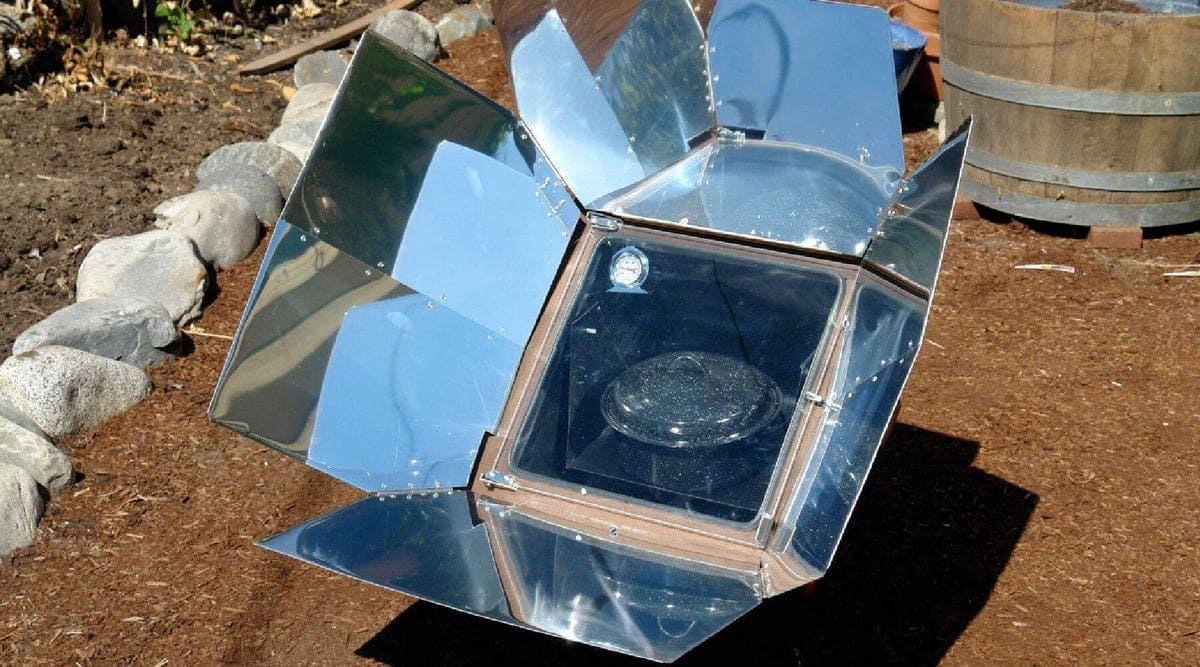Maximizing energy harnessing in solar ovens to use environmentally friendly energy: Material and angle of inclination
Abstract
Non-renewable energy, such as fossil fuel, has been the traditional way of providing power. What has alarmed the global public is that these non-renewable resources are fast depleting and are harming the climate because they cannot be converted to clean power. The conversion of non-renewable energy into other forms of energy results in the emission of harmful gases such as greenhouse gases (i.e. carbon dioxide and methane). Other toxic gases released include benzene, which is cancer-causing and nitrogen oxides which contribute to photochemical smog. To reduce these effects, innovations on clean and renewable energy have recently emerged as an alternative way of providing sustainable environmental energy. One of them is solar energy, which is defined by the Comprehensive Guide of Solar Systems as the use of the sun’s energy either directly as thermal energy using photovoltaic cells in solar panels or transparent photovoltaic glass to generate electricity [8]. According to research, it is one of the most efficient and readily available sources of energy for the inhabitants of the earth [9]. This paper reports on how a solar oven can be home-made, using cheap and readily available materials in the quench of using clean and renewable energy as an alternative to harmful fossil fuels for baking. We compared the heating effect of three readily available aluminium composites. We also analyzed the compromise angle of inclination of the reflectors for maximum possible energy harnessing to increase the efficiency of the solar oven. The analysis is statistically based and was examined using a 0.05 significance level.


